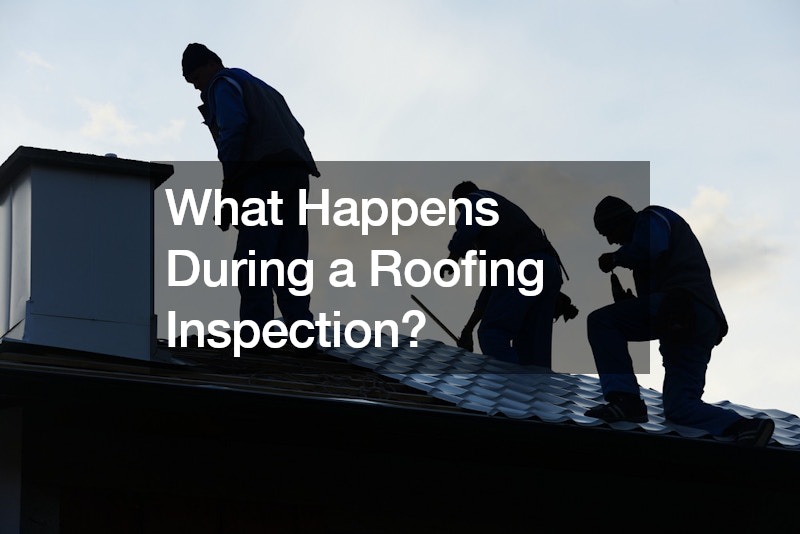During a roofing inspection conducted by a qualified roofer, several key steps are taken to assess the condition of the roof and identify any potential issues. Firstly, the roofer will visually inspect the exterior of the roof, looking for signs of damage, wear, or deterioration. This includes examining the shingles, flashing, and gutters for any cracks, leaks, or missing pieces.
Next, the roofer may perform a thorough examination of the attic or interior spaces directly beneath the roof to check for signs of water damage, mold, or structural issues. This may involve inspecting the insulation, ventilation, and rafters for any signs of leaks or moisture intrusion.
Additionally, the roofer may use specialized tools and equipment, such as drones or thermal imaging cameras, to assess hard-to-reach areas or detect hidden issues, such as leaks or insulation deficiencies. Throughout the inspection process, the roofer will document their findings and provide recommendations for any necessary repairs or maintenance. This may include repairing damaged shingles, resealing flashing, cleaning gutters, or addressing ventilation issues. Ultimately, the goal of a roofing inspection is to ensure the integrity and longevity of the roof, identify any potential problems early on, and prevent costly damage or repairs in the future. By scheduling regular roofing inspections with a qualified roofer, homeowners can protect their investments and maintain a safe and secure roof over their heads.

